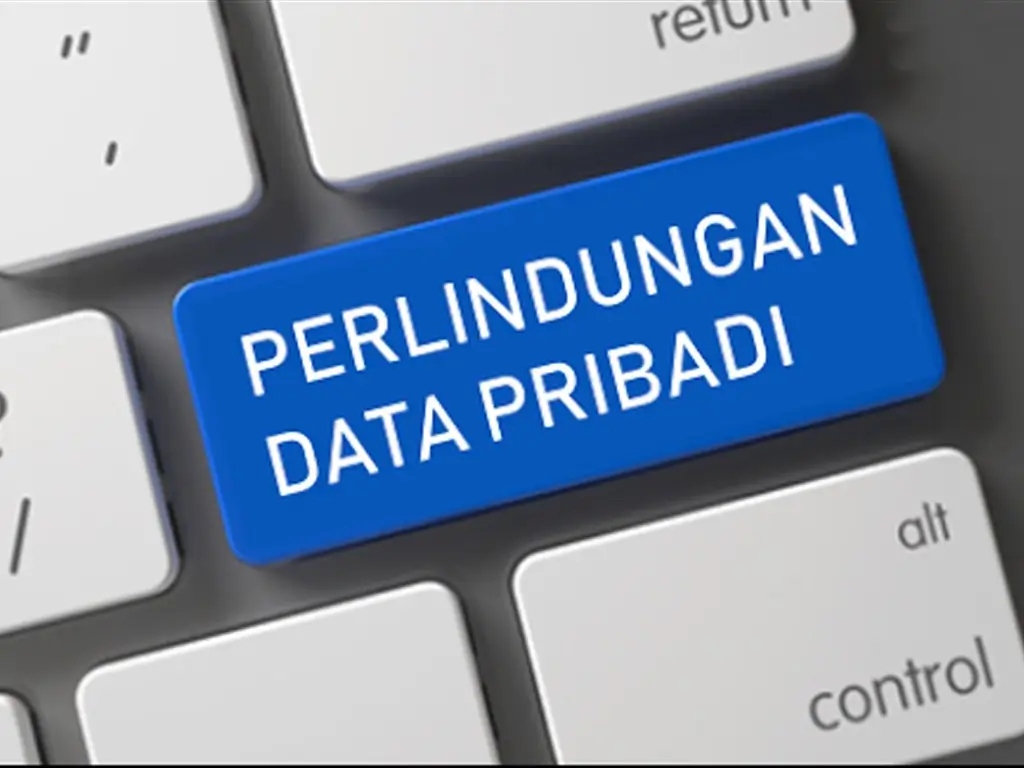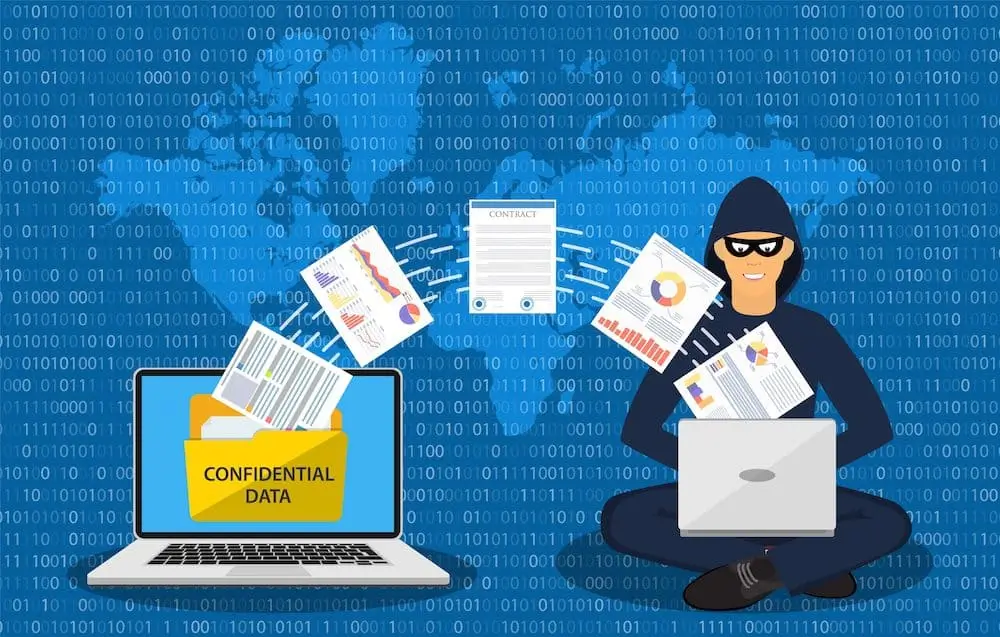Published on May 24, 2025
How to Update Personal Information

Cybersecurity is of utmost importance in today’s digital world. With the increasing number of cyber threats, it is important to ensure that your personal information is well protected and updated regularly. Here is a complete guide on how to update your personal information to improve your cybersecurity.
Understand the Importance of Personal Information Security
Personal information includes data such as name, address, phone number, and financial information. If this data falls into the wrong hands, it can lead to financial loss, identity theft, or other issues. Therefore, updating and protecting your personal information is an important step in maintaining your cybersecurity.
Determine Which Information Needs to be Updated
The first step in updating personal information is to identify the data that needs to be updated. This includes:
- Email Addresses and Phone Numbers: Make sure the email addresses and phone numbers you use for important accounts are up to date.
- Passwords: Change passwords periodically or regularly to prevent unauthorized access.
- Financial Information: Update credit card or bank account information if there are any changes.
Use a Password Manager
A password manager helps you store and manage your passwords securely. Many password managers offer features to automatically update passwords and notify you if a password is weak or has been compromised. Some password managers also provide the option to store other personal information, such as credit card numbers or addresses.
Enable Two-Factor Authentication (2FA)
Two-factor authentication (2FA) is an additional security method that requires two forms of verification before you can access an account. It usually involves a combination of a password and a code sent to your device. Enable 2FA on all accounts that support it for an added layer of security.
Check and Update Your Privacy Settings
Many online platforms and services offer privacy settings that let you control who can see your information. Monitor and adjust your privacy settings to ensure that only people you trust can access your personal data.
- Social Media: Check the privacy settings on social media platforms and make sure only people you know can see your personal information.
- Online Services: Review the privacy settings on online services you use, such as email, cloud storage, and more.
- Zero Trust Security 2025: The New Standard, Not a Choice
- How to Use Binwalk on Kali Linux for Firmware Analysis
- How to Fix Sudden Black Screen on Kali Linux
- AI That's Right for Programmers: A Complete Guide and Top Recommendations
- How to Fix Error "Error writing lock file ./.charge_control_end_threshold.swp: Permission denied"
Beware of Phishing and Scams
Phishing attacks are a common technique used by cybercriminals to obtain your personal information by tricking you. Do not click on links or attachments in suspicious emails, and always verify the authenticity of requests before providing personal information.
Update Information on Websites and Apps You Use
Regularly update your personal information on websites and apps you use. This includes:
- Email and Social Media Accounts: Make sure your contact information is up to date.
- Banking and Financial Services: Update bank account and credit card information if there are any changes.
- E-Commerce Apps: Update shipping and payment information if necessary.
Monitor and Respond to Suspicious Activity
Turn on alerts for suspicious activity on your important accounts. If you detect unusual activity, take immediate action, such as changing your password and contacting customer service for assistance.
Protect Your Data on Mobile Devices
Mobile devices are often targeted by cyberattacks. Make sure your devices are protected with passwords or biometrics, and regularly update your operating system and apps to protect against security vulnerabilities.
Educate Yourself About Cybersecurity
Continue to learn about the latest cybersecurity practices. By understanding the latest trends and techniques in cybersecurity, you can be better prepared to protect your personal information from evolving threats.
Use Encryption for Sensitive Data
Encryption is the process of converting data into a format that cannot be read without a special key. Use encryption to protect sensitive data like financial documents or medical information, especially if you store it in the cloud or on a device that can be accessed remotely.
Back Up Your Data Regularly
Backing up your data regularly will ensure that you don’t lose important information in the event of a cyberattack or device failure. Store copies of your data in a secure location, such as an external drive or an encrypted cloud service.
Conclusion
Updating your personal information in the context of cybersecurity is an important step in protecting yourself from digital threats. By understanding and implementing the steps mentioned above, you can improve the security of your personal information and reduce the risk of cyberattacks. Remember to always be vigilant and proactive in keeping your personal data safe.
That’s all the articles from Admin, hopefully useful… Thank you for stopping by…





